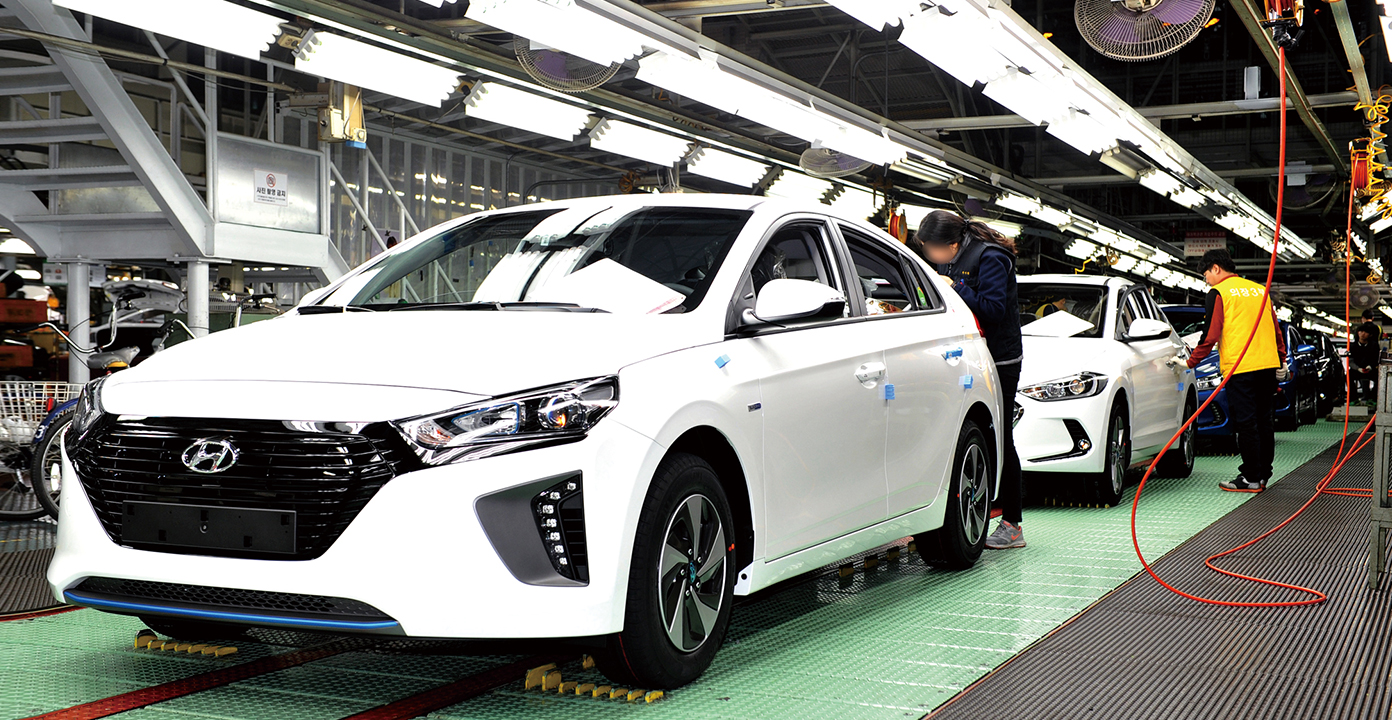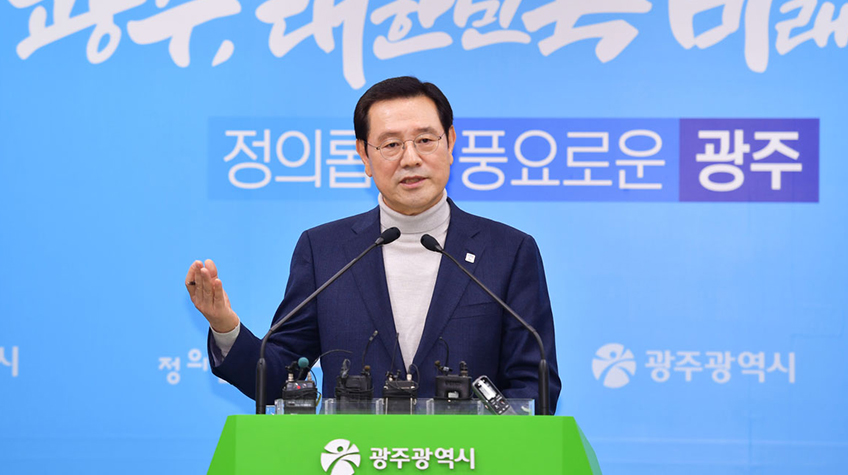
Contents





Architect Who Seeks to Transform Life






Gwangju Job Project, A New Model of Employment
The Gwangju job project is a win-win employment model that aims to boost job creation through compromise between government and business and compromise between labor and management.
Written by Sohn Ji-ae
 Gwangju Job Project is considered to be a big experiment to guide future labor policies. © Shutterstock
Gwangju Job Project is considered to be a big experiment to guide future labor policies. © ShutterstockAn Exemplary Solution for Job Crisis
In 2001, Volkswagen, one of Germany’s leading carmakers, took an experimental, drastic approach at dealing with economic difficulties—in the time when domestic sales slumped and manufacturers were relocating their plants in lowerwage countries abroad. The German company set up a vehicle manufacturing corporation called “Auto 5000 GmbH” in the city of Wolfsburg, a lower cost model with the aim of keeping manufacturing jobs and revitalizing economy at home, when production was moving overseas.
By creating the Auto 5000, Volkswagen hired 5,000 workers and offered 5,000 Deutsche Marks—hence the project name—, the amount which was 20 percent less than the company's average wage. Of course, there were disputes between labor and management over the payment system, but both sides eventually reached an agreement on condition that more flexible working hours would make up for the lower wage gap. As a result, the company was able to save a significant wage expense, while keeping jobs at home.
Gwangju Comes Up With a Similar Job Model
A city in Korea now wants to follow in the Volkswagen’s footsteps as it battles to address its dwindling job creation and local economy. Gwangjug, the nation’s sixth largest city, models its plan to start a joint venture with the nation’s largest carmaker Hyundai Motor Company, on Volkswagen’s arrangement. The envisioned job project aims to build a production plant within Bitgreen National Industrial Complex for producing 100,000 small SUVs from 2021. The venture is the first in Korea to bring government and private industry together in the formation of a new manufacturing facility.
Under the proposed partnership between the city and Hyundai, an agreement tentatively made between the two sides includes a 44-hour workweek and an annual salary of KRW 35 million for workers, equivalent to USD 31,236, less than half the average KRW 92 million that ordinary Hyundai workers take. Despite a lower salary, workers will enjoy a variety of welfare benefits from the central and Gwangju municipal governments, such as housing, medical care, child care and education. Many say that these benefits will increase their real incomes.
 The Gwangju job project is the first-ever joint venture that involves the government and Hyundai Motor Company in the formation of a new manufacturing factory, with the aim of creating jobs in the city of Gwangju. © Yonhap News
The Gwangju job project is the first-ever joint venture that involves the government and Hyundai Motor Company in the formation of a new manufacturing factory, with the aim of creating jobs in the city of Gwangju. © Yonhap NewsGwangju Goes Experimental for More Jobs
The idea of the Gwangju job project was conceived for the first time in 2014 by former Gwangju mayor Yoon Jang-hyun when he then campaigned for mayorship, with the goal of creating 10,000 jobs in the city.
In fact, the city has since 2012 seen a constant drain of its populations out of the city, due to job shortage. As of last year alone, more than 8,100 residents left the city, more than two-thirds of whom were the most productive in their 20s and 30s.
As the chronic issue of population outflow here seems to continue without any possible drastic measure, the city officials believe that the Gwangju job project is the way to go, so as to turn things around in their local economy. Gwangju officials forecast with confidence that the new plant would create around 12,000 jobs.
“It’s a win-win model for both companies and workers and a model of socially integrated employment designed to make every individual live a full life,” said Gwangju Mayor Lee Yong-Seop.
 Gwangju Mayor Lee Yong-Seop says that the Gwangju job model will be a ray of hope for unemployed young Gwangju citizents and will be a novel, innovative employment model to make people’s lives better. (Gwangju Metropolitan City) © Gwangju-si
Gwangju Mayor Lee Yong-Seop says that the Gwangju job model will be a ray of hope for unemployed young Gwangju citizents and will be a novel, innovative employment model to make people’s lives better. (Gwangju Metropolitan City) © Gwangju-siThe Future of Gwangju, The Future of Korea
Since the Moon Jae-in administration took office, the Gwangju job model has gained momentum as President Moon included it in his administration’s agenda last year of 100 core policy items to pursue.
It’s assumed that the new model is in line with what President Moon pursues as a national vision: an innovative, inclusive state where all people prosper together. Many see the plan as the first-ever practical experiment to realize the vision and, also, a breakthrough to overcome the economic crisis.
Still, a deal to proceed with the venture has yet to be finalized between the government and the company with some of details still under discussion. The final deal is not going to be that easy to make as there’s stiff opposition from labor unions who fear that the move would cut their wages. It requires compromise between labor and management, as well as compromise between the government and business.
The one thing that is clear is that for those young citizens in the city who have long been unemployed and consider leaving their hometown to find a job in other areas as their peers did, this move will offer a ray of hope to their future. If the model succeeds, it could not only create jobs in the city, but also incubate spin-offs and new joint ventures across the country which will help revive local economy and, in turn, national economy as a whole.
Other Articles





Architect Who Seeks to Transform Life





Application of subscription
Sign upReaders’ Comments
GoThe event winners
Go


 January 2019
January 2019


